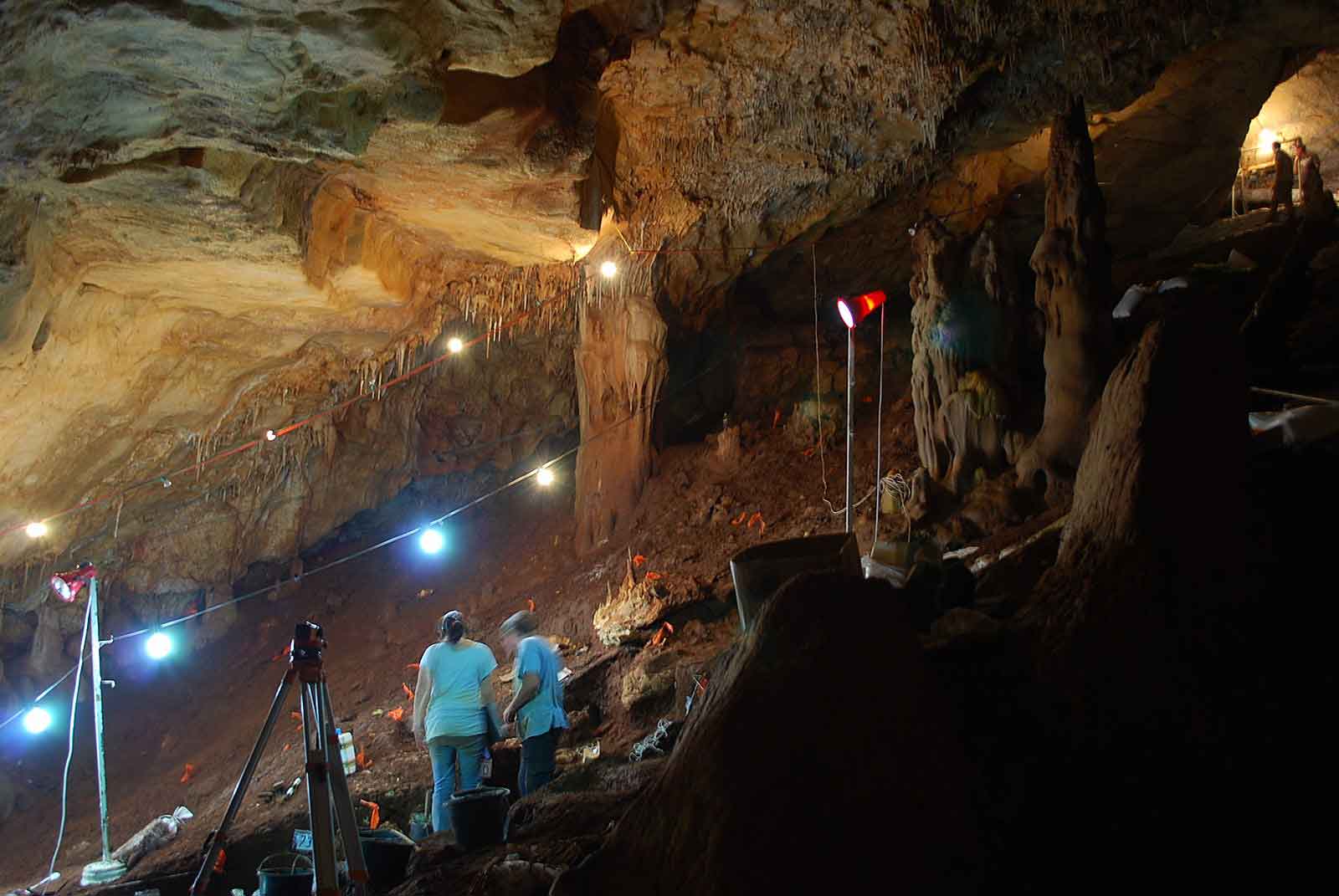introgression
Introgression is the incorporation of genes from one population into another population. Generally biologists use the term introgression when the populations are separated by substantial evolutionary distance, such as different species or lineages that have been separated by a long time.
Ancient genetic introgression between cave hyenas and spotted hyenas
Describing the results of genomic work by Michael Westbury and collaborators, including ancient hyena genomes from Eurasia and North America.
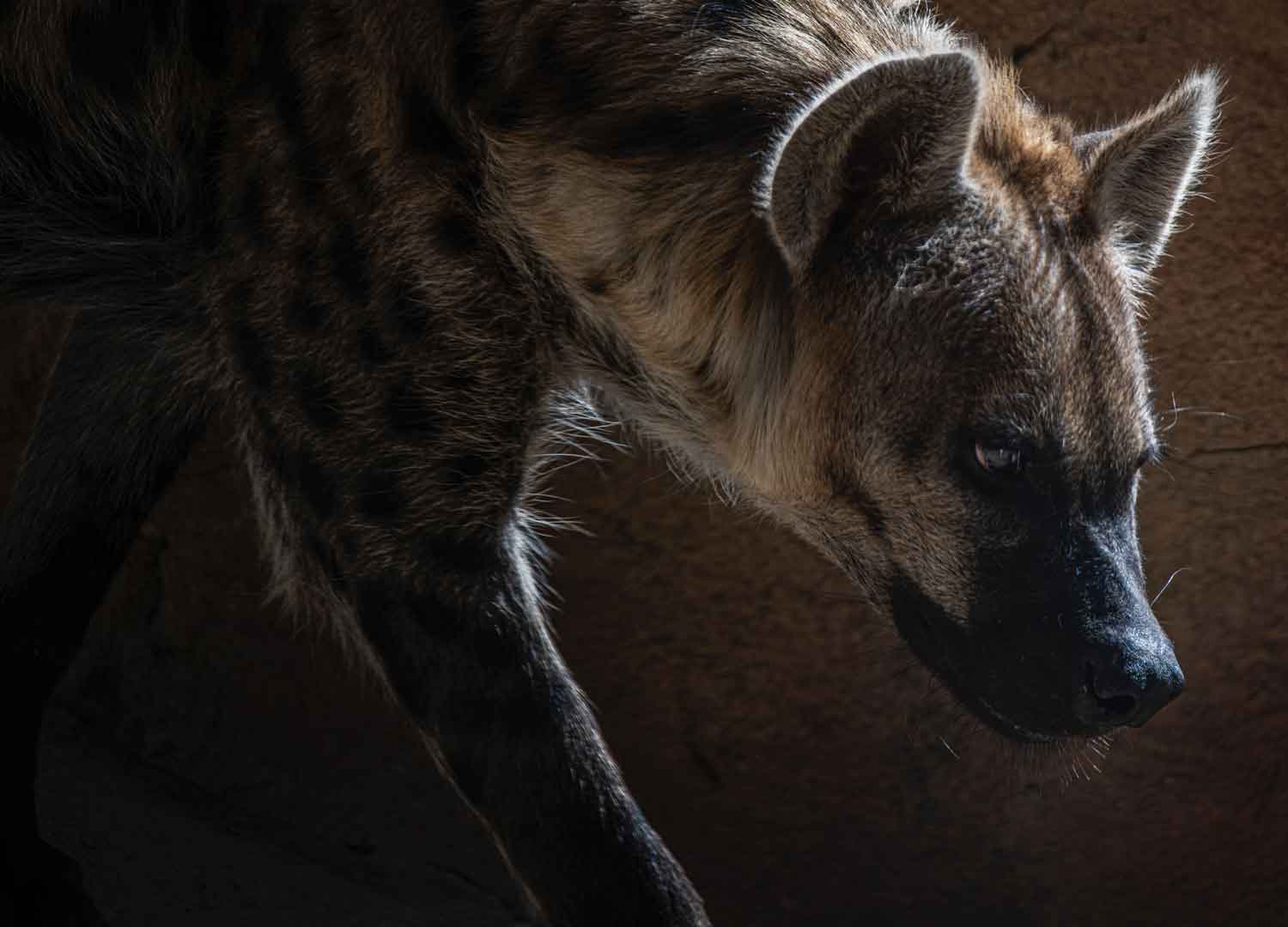
Research highlight: Accurate depiction of uncertainty in ancient DNA research: The case of Neandertal ancestry in Africa
An article in the Journal of Social Archaeology looking at how researchers shaped public perceptions of Neandertal DNA heritage in living people.

Goat immunity modified by introgression during and after domestication
A new paper in Science Advances describes some of the evidence for selection on introgressed genes in goats.

Neandertals got 6% of their genomes from Africa
An analysis by Melissa Hubisz and coworkers finds that mtDNA is not all that Neandertals received from our African ancestors

How much Neandertal DNA do today's African peoples have?
New research shows that today's populations in Africa have around one third the Neandertal ancestry as people in Eurasia.
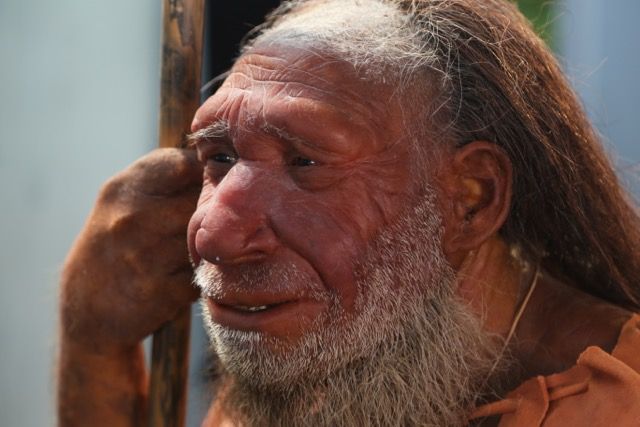
An enormous sample sheds light on the Denisovan ancestry of people in Iceland
Laurent Skov and coworkers have measured the very small amount of DNA shared within the Iceland population from Denisovan ancestry and they discuss several scenarios for how it may have gotten there.

Part of a Denisovan mtDNA resides in the nuclear genomes of many living people
A paper last week by Robert Bücking and coworkers trawled through the recently-sequenced Indonesian Genome Diversity Project dataset looking for snippets of mitochondrial DNA (mtDNA) that have been inserted into the nuclear genome. These snippets, called “NUMTs”, arise every so often as a result of DNA transfer from the mitochondrion
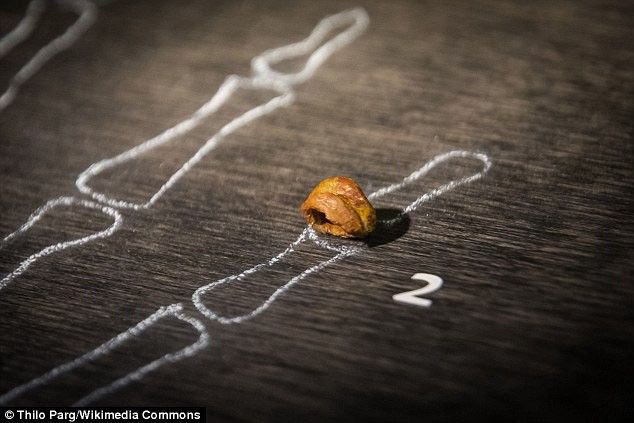
Denisovan traits bring up the old problem of understanding morphological continuity
A paper by Shara Bailey and coworkers suggests that three-rooted lower molars are diagnostic of population mixture from Denisovans.
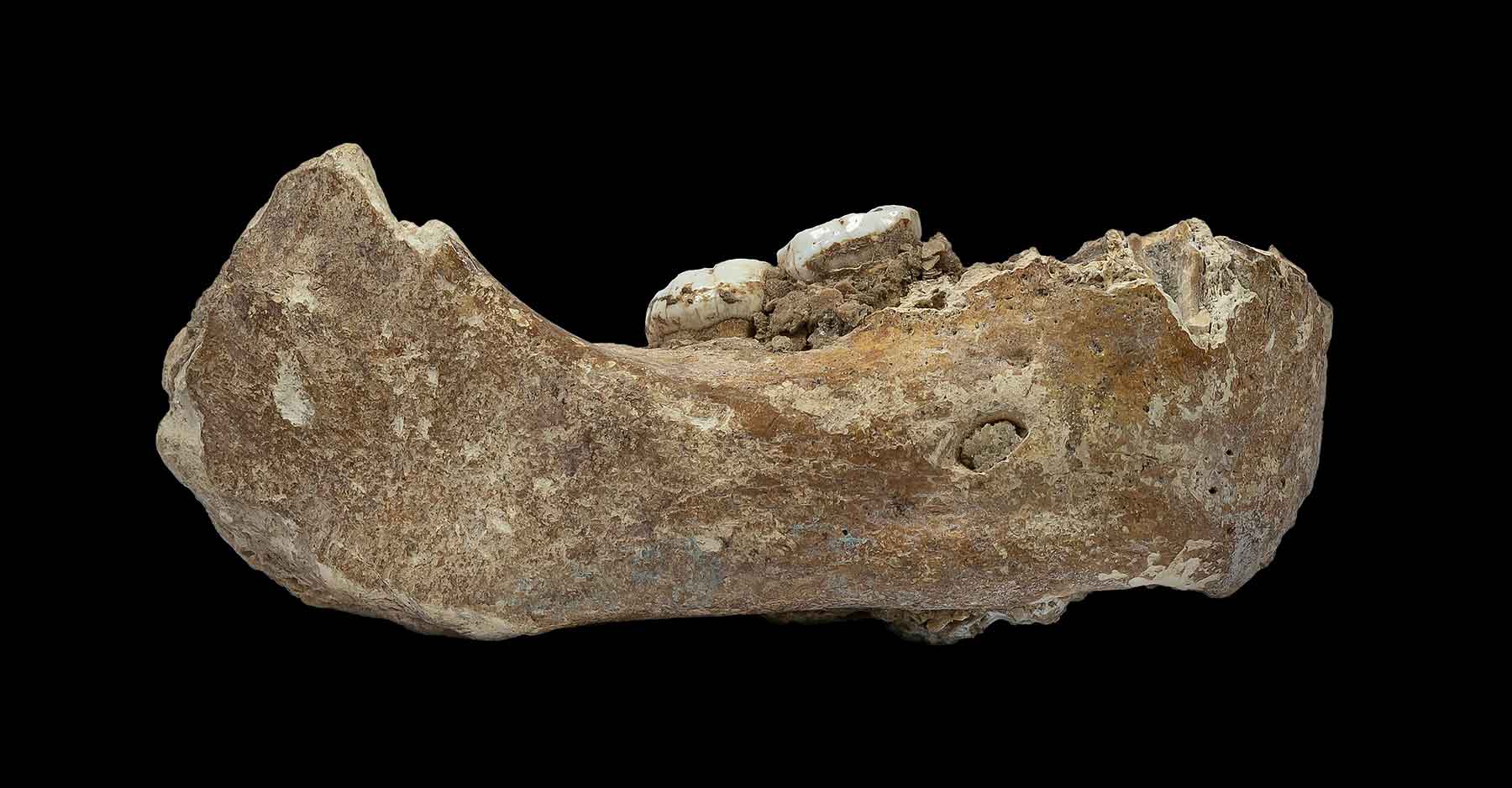
How much sex did it take for Neandertal DNA to enter modern populations?
Addressing a widespread misconception about what geneticists are really measuring when they look at population mixture.

The Manot 1 skull and how we now look at Neandertal ancestry in early modern humans
The discovery of a 54,000-year-old skull in Israel sheds light on the dispersal of modern humans and their contacts with Neandertals.
